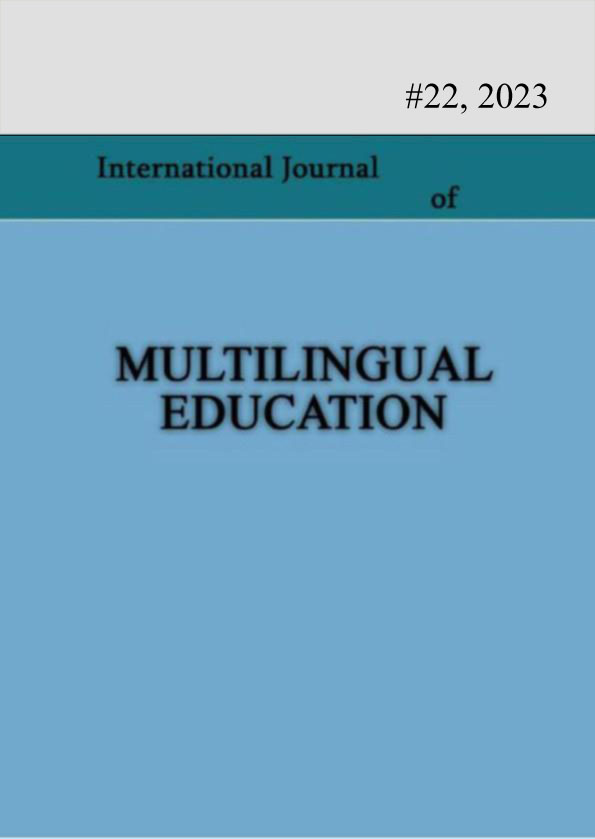Peculiarities of Diverse Audiences and Some Issues of Language Teaching
Keywords:
second language, method, audience, characteristic, globalization.Abstract
Teaching Georgian as a second language implies the use of generally known and proven methods of teaching a foreign language. However, there is no universal method of language teaching. In all cases, it is necessary to take into account the specificity of the target language and the interests, goals, motivation, abilities and background knowledge of the language learning group. In recent years, the number of Georgian language learners from different countries has increased considerably. These are Turks, Turkmens, Kazakhs, Poles... This process was accelerated even more during the Russia-Ukraine war. In Georgia, especially in Batumi, many Ukrainians and Russians of different ages have expressed their desire to learn the Georgian language. Most of those listed (and not only) want to continue their studies at Batumi State University. Learning the Georgian language requires a special approach in a diverse audience, who do not understand each other, have different cultures, religions and beliefs. Such an audience is characterized by peculiarities. Managing a different audience requires much more work, responsibility and consideration of the group's interests on the part of the teacher. It is quite difficult for the teacher to convey the material to each student of a linguistically mixed group without distracting any of them. It is known that the learner of a new language perceives and remembers the information received best by sight. When explaining new material to a diverse audience, it is useful to use visual aids for presentation, which significantly helps the listening and understanding of information. In the Georgian university space, the most common of them are slide show, blackboard, flipchart and
handout. Among the presentation aids, we consider handouts to be the most acceptable form of presentation aids for ethnically mixed groups who are users of different languages and sit in the same audience at the initial stage of language learning.
References
Coile D., Hood F., March D. (2016) “Content and Language Integrated Learning,” Tbilisi
Kavtaradze T,. Qasrashvili N,. Saghinadze N,. Pataridze S,. Sabauri T., (2018) Basics of Academic Writing (2018),Tbilisi.
Saville-Troike M. (2016), “Introducing Second Language Acquisition,” Second edition, Tbilisi. Tabatadze SH., Inasaridze M., , Chachkhiani K., Qiria Tch. (2010) “Intercultural education - practical guide for teachers, Tbilisi.
Downloads
Published
How to Cite
Issue
Section
License
Copyright (c) 2023 Maia Kikvadze

This work is licensed under a Creative Commons Attribution-NonCommercial 4.0 International License.
Copyright (c) - Authors who publish with this journal agree to the following terms: Authors retain copyright and grant the journal the right of first publication with the work simultaneously licensed under a Creative Commons Attribution-Noncommercial 4.0 International License, which allows others to share the work with an acknowledgement of the work's authorship and initial publication in this journal. Authors are permitted and encouraged to post their work online (e.g., in institutional repositories or on their personal website) prior to and during the submission process, as it can lead to productive exchanges, as well as earlier and greater citation of published work (see The Effect of Open Access). Authors may enter into separate, additional contractual arrangements for the non-exclusive distribution of the journal's published version of the work (e.g., post it to a repository or publish it in a book), with an acknowledgement of its initial publication in this journal.

